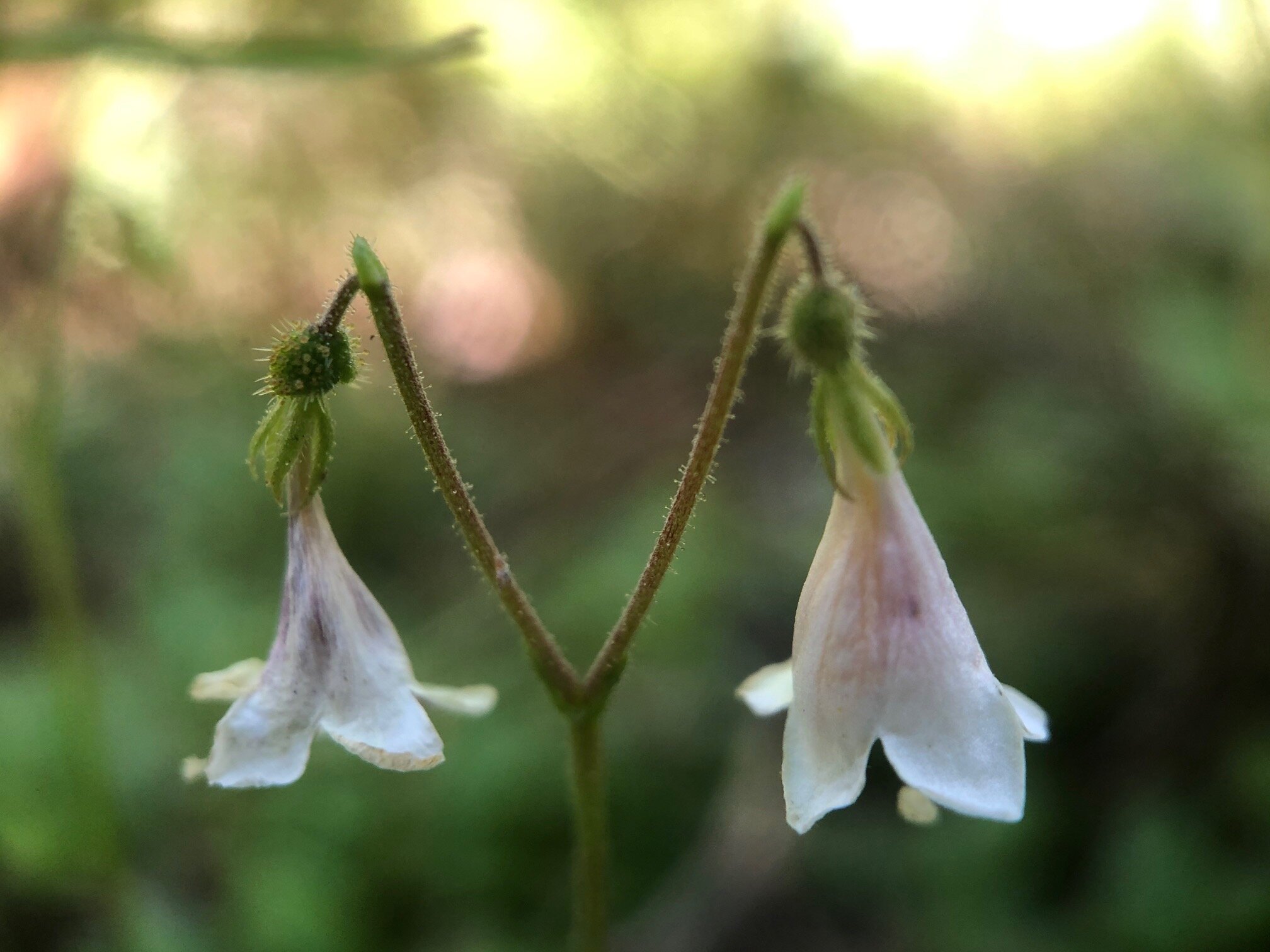Campanula parryi, August 26, 2020
Common & scientific name
Parry’s bellflower, Campanula parryi
Family
Bellflower, Campanulaceae
Location
Wet Gulch, 11,000’
Fun, weird, helpful, or little known fact
This uncommon but delightful bellflower can be distinguished from the much more abundant C. rotundifolia by its flowers, which grow singly on the stem, are more upright than nodding, are more open, and often lighter lavender in color than the common harebell.






























